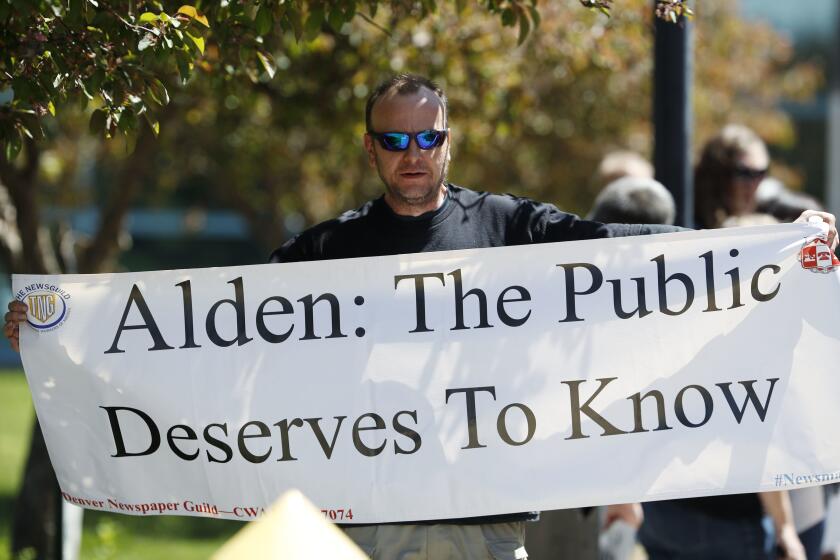Book reviews: Discoveries

The Poetry Lesson
Andrei Codrescu
Princeton University Press: 128 pp., $19.95
This book, with its punishing, dread-inspiring title and pleading skeleton on the cover, is actually one of the funniest, most irreverent you’ll read this year. Part memoir, part novel, part poem, part essay (“I sometimes feel that it’s unfair to have so much experience, so I distribute it among characters”), “The Poetry Lesson” requires the willing suspension of credulity and a reader’s refusal to get offended, hard as Andrei Codrescu may try. He’s not quite Borat in emeritus robes, but almost. Codrescu, familiar after decades of NPR commentary, recently retired after 25 years of teaching literature and creative writing at Louisiana State University. This book begins on the first day of his last semester. Codrescu writes the 10 tools of poetry on the board, including a “goatskin notebook for writing down dreams,” a “Mont Blanc fountain pen (extra credit if it belonged to Mme Blavatsky),” “A little man at the back of your head,” a “Ghost-Companion” and “Susceptibility to hypnosis,” to name a few. He encourages familiarity with the 10 muses of poetry, including “Mishearing,” “Mislaying,” “Misguided thoughts at inappropriate times, funerals, etc.,” and “ Mississippi (the river).”
It’s a hot day and Codrescu begins by assigning a Ghost-Companion (a dead poet who will look over the student and whom the student will get to know intimately using T-Mail, or Telepathy Mail). These assignments are done with instinct and experience — Codrescu instantly assesses the roots, leaves and flowers of the 13 students and how their Ghost-Companion might affect them. Jack Ferris, who looks “like young Johnny Rotten, years away from coherence,” is given Lawrence Ferlinghetti; Matt Borden, heir to the dairy fortune, is given William Burroughs; Hillary Adams, an ROTC student in uniform is given revolutionary Russian poet Anna Akhmatova.
Codrescu grumbles, about the students and the times; calls himself a “fin-de-siècle salaried beatnik,” writes that poets in this country have gone “indoors like sheep to compete for time with standup comedians.” He feels that he too has become “a fossil. Henceforth, I would keep my form for all who’d stare at me …. A fossil is immortal because it has moved out of Fast Human Time (FHT) into Instructive Slow Time (IST).” But there’s no disguising the joys of a life well-lived and books well-read with the friendship and guidance of poets.
Edible Stories
A Novel in Sixteen Parts
Mark Kurlansky
Riverhead: 288 pp., $16 paper
Mark Kurlansky is a food fetishist — just look at the books he’s written: “Salt,” “Cod,” “The Big Oyster,” projects that have taken him to the Caribbean, Basque country, Gloucester, Mass., and the back roads of America (for “The Food of a Younger Land: A Portrait of American Food”). In this delightful collection of stories, Kurlansky allows his obsessions to spill into fiction and the effect is something akin to the shock of living color.
Disoriented characters such as Robert — who falls in a hole on the sidewalk and forgets who he is — hold onto foods that anchor them in reality: red sea salt, hot dogs, muffins, Orangina, crème brûlée, menudo, boudin and others. There are deep and abiding relationships with food that must be sundered (hot dogs and baseball; sausages and blood; muffins and, well, you’ll see). Orangina’s popularity in a “vin rouge” town in France threatens the town’s politics, social structure and very stability. “Edible Stories” has 16 chapters, 15 of them revolve around a food item. (The last is titled “Margaret.”) “Slipping someone you love a crème brûlée is a serious thing,” he writes. “Even if nothing happens you still have to live the rest of your life with you alone knowing what you did.”
Dog Walks Man
A Six-Legged Odyssey
John Zeaman
Lyons Press: 308 pp., $22.95
How does a “seemingly mundane chore end up at the center of a person’s life?” Walking Pete, beloved standard poodle owned by John Zeaman, an art critic; his wife, Janet; and their two children, Claire (7), and Alex (4), is the still point at the center of the author’s life. The family moves from Manhattan to the suburbs of New Jersey and, somewhat impulsively, buys Pete.
Promises aside, within six months Zeaman is the sole walker. “Suburban vagabonds” Pete and John explore the wild fringes of their neighborhood. Walking the dog is a way to really see the neighborhood; and a way to meet neighbors. It grounds Zeaman, whose marriage is in a slump; it brings him closer to nature than he would ever get on his own. (Zeaman confesses that he doesn’t always pick up the poop.) “If you want to know a place, find a dog and walk it,” Zeaman writes. Pete never fails to lift the author’s spirits: Each walk is an adventure, each return home has the level of emotion “of Odysseus catching sight of Ithaca on the horizon.”
Salter Reynolds is a writer in Los Angeles.
More to Read
The biggest entertainment stories
Get our big stories about Hollywood, film, television, music, arts, culture and more right in your inbox as soon as they publish.
You may occasionally receive promotional content from the Los Angeles Times.










